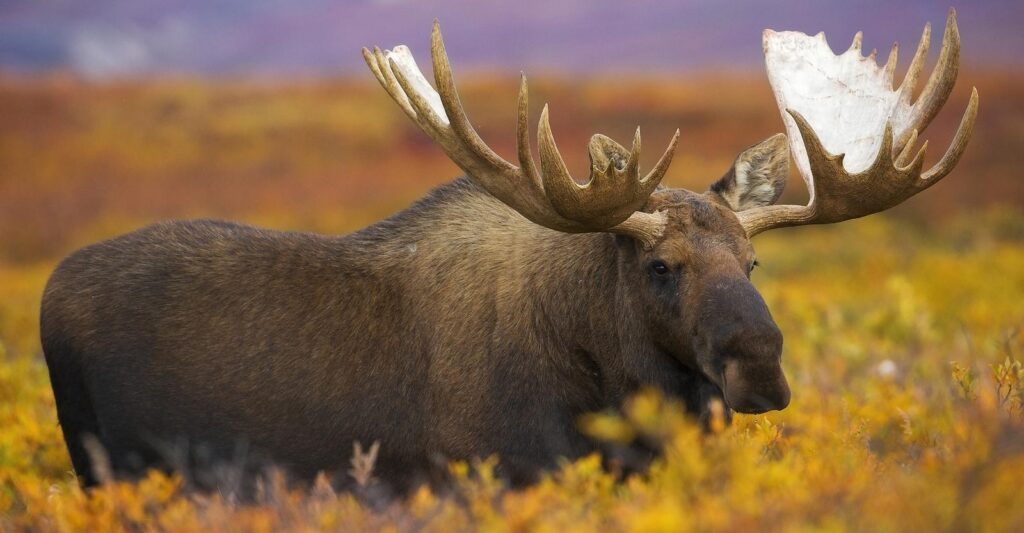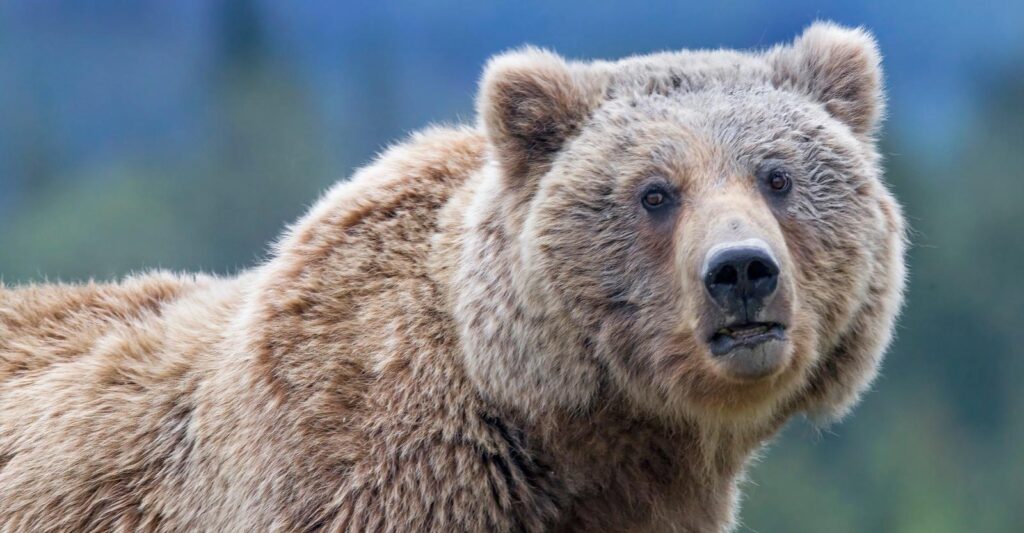Overview
In the remote valleys of the Coast Range on Canada’s far western edge, the planet’s oldest and tallest trees rise along salmon-studded rivers that rush to the Pacific. Thousand-year-old cedars and Sitka spruce soaring 350 feet into the rain clouds provide shelter for the pale spirit bear of Native legend. Just a few hundred of these rarely seen bears live in this isolated wilderness, and we go in search of them with local Gitga’at guides, First Nations people who have lived among them for millennia. Here, too, are grizzlies and wolves, and bald eagles nest atop ancient conifers while deer and elk browse the undergrowth. Humpback whales and porpoises ply the jade-green fjords. We join them as we sail a maze of inlets in British Columbia’s Inside Passage—a wilderness voyage into the Great Bear Rainforest, one of Earth’s most magnificent, pristine and at-risk natural realms.
Trip Highlights
- Gain Intimate Access Via Private Yacht Aboard our privately chartered sailboat, explore remote reaches of the world’s largest remaining tract of virgin temperate rainforest, which blankets the Coast Range
- See More Wildlife with Expert Guides Look for prolific marine life, grizzlies and black bears, and search the Great Bear Rainforest for the mystical spirit bear with an Indigenous Gitga'at guide
- Watch Humpback Whales at Close Range See humpback whales feed and breach as we weave through the sheltered waters of some of the most pristine coastal wilderness on Earth
Itinerary
Please fill out the form below to request a quote for rates.
Included
- Accommodations, services of Nat Hab's professional Expedition Leader(s), local guides and boat crew, all meals from dinner on Day 1 through breakfast on final day, some alcoholic beverages, some gratuities, airport transfers in Bella Bella or Terrace on Day 1 and final day, all activities and entrance fees, all taxes, permits and service fees.
Not Included
- Travel to and from the start and end point of your trip, some alcoholic beverages, some gratuities, passport and visa fees (if any), optional activities, items of a personal nature (phone calls, laundry and internet, etc.), airline baggage fees, airport and departure taxes (if any), required medical evacuation insurance, optional travel protection insurance.
Map






















